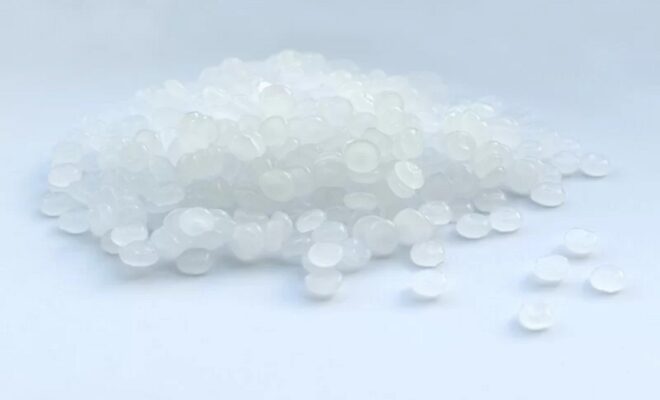Exploring The Importance Of Histology Wax In Medical Research And Diagnosis

Histology wax, also known as embedding wax or paraffin wax, is a common material used in medical research and diagnostics. It is a specific sort of wax that allows tissues to be embedded in it, making it easier to cut tiny sections for study under a microscope. This blog will look at the significance of histology wax in medical research and diagnosis.
What Exactly Is Histology Wax?
Histology wax is a form of paraffin wax used in histology, or tissue examination. To increase its qualities, it is often composed of a blend of paraffin wax, plasticizers, and other chemicals.
What Is The Role Of Histology Wax In Medical Research?
Histology wax is a useful tool for medical researchers since it lets them examine tissues in great detail. By embedding tissues in wax, researchers can examine them under a microscope in thin sections. This can disclose significant information on the structure and function of the tissue, as well as assist researchers in understanding the underlying causes of disorders.
Histology wax is also utilised in the research and development of new medications and treatments. Researchers can find prospective medication targets and design treatments that are more effective and have fewer negative effects by researching tissues in depth.
How Can Histology Wax Help In Diagnosis?
In addition to its application in research, histology wax is useful in an illness diagnosis. When a patient undergoes a biopsy, a small sample of tissue from their body is taken and sent to a pathology laboratory for study. The tissue is embedded in histology wax, sliced into thin slices, and stained with dyes to reveal different tissue features.
Pathologists can discover aberrant cells or structures in tissue using a microscope, which may suggest the existence of a disease. This can assist doctors in making an accurate diagnosis and developing a treatment plan for the patient.
Histology wax is also useful in preserving tissues for long-term storage. Tissues embedded in wax can be preserved for years without degradation, allowing researchers to undertake long-term studies and compare tissues over time. This is especially crucial in sectors like cancer research, where long-term studies are required to understand disease progression and treatment efficacy.
Conclusion
Histology wax is a valuable resource in medical study and diagnostics. It enables researchers to conduct in-depth tissue studies, discover possible therapeutic targets, and develop new treatments. It also plays an important role in illness diagnosis, assisting pathologists in identifying aberrant cells or structures and making accurate diagnoses. Many key medical discoveries and diagnoses would be impossible without histology wax.



















